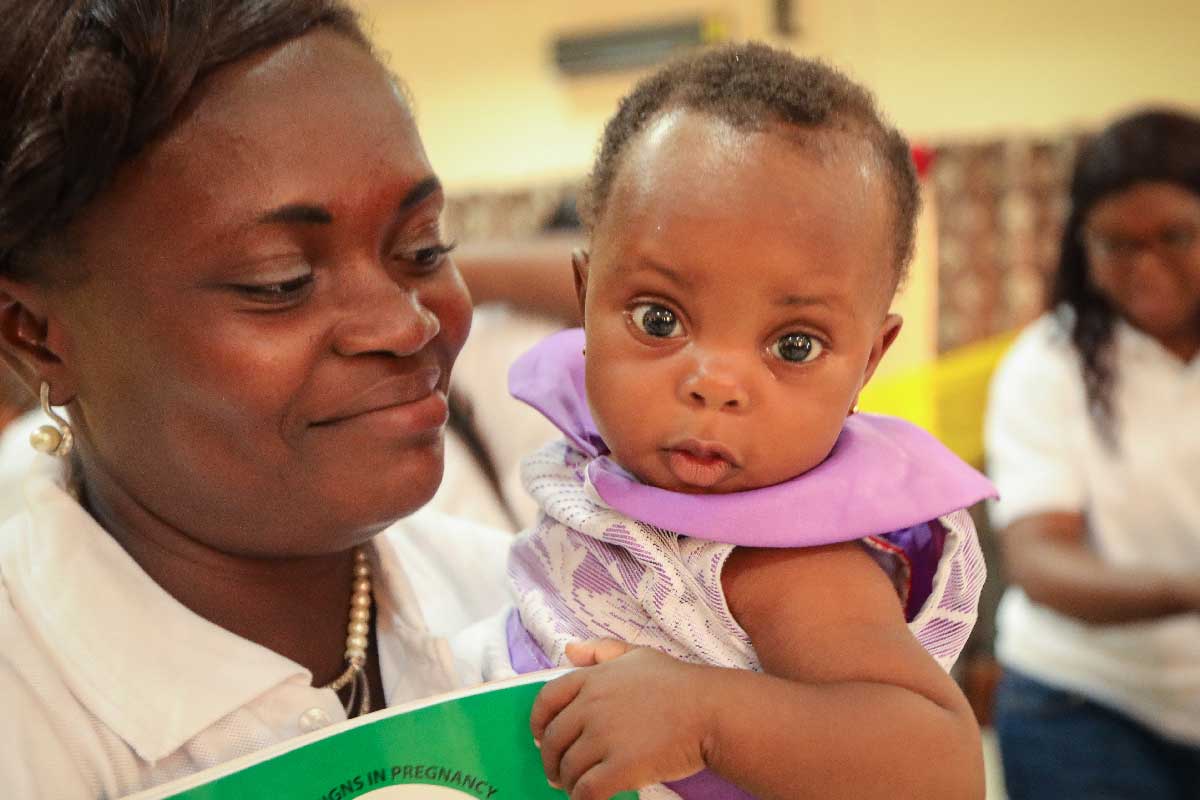Everything you need to know about the new BA.2.86 “Pirola” variant
The latest heavily mutated SARS CoV-2 variant has now been detected in 11 countries. Should we be worried?
- 11 September 2023
- 4 min read
- by Linda Geddes

There's a new COVID-19 variant on the block that's generating alarming newspaper headlines around the world. So far, the BA.2.86 variant – nicknamed "Pirola" after a large asteroid that hangs out near Jupiter – has been detected in 11 countries.
Where has BA.2.86 been detected?
Based on sequences uploaded to the global GISAID database, and detections in wastewater, the variant has been detected in Israel, Denmark, the UK, the US, South Africa, Switzerland, Thailand, Australia, Japan and South Korea so far. However, limited and lagging genomic surveillance means it may well be circulating elsewhere too. No deaths have been reported to date.
At this point there is no evidence that this variant is causing more severe illness.
In the UK, the variant has been identified as behind an outbreak at a care home in Norfolk, where 28 people have been infected. Although this cannot be used to assess the variant's fitness, "this is an early indicator that the variant may be sufficiently transmissible to have [an] impact in close contact settings," the UK Health Security Agency said.
What do we know about the mutations it contains?
WHO is currently classifying BA.2.86 as a variant under monitoring, based on the large number of mutations it contains – at least 30 as compared to the "Kraken" (XBB.1.5), and "Eris" (EG.5) variants. However, it hasn't been tracking it for long enough to understand whether BA.2.86 is outcompeting other variants, or what the impact of these mutations will be.
Even so, many scientists are predicting that they will make it harder for our immune systems to recognise and mount a strong response.
Have you read?
"It's still SARS-CoV-2, so we have built some immunity, especially via our cellular T-cell system that is less sensitive to variants. But the rapid ability to neutralise the virus depends on antibodies, and the levels of those neutralising antibodies are bound to be much lower against BA.2.86 than versions of the virus we have previously been [exposed] to or immunised against," said Eric Topol, Professor of Molecular Medicine and director of the Scripps Research Translational Institute in La Jolla, California, in his weekly Ground Truths Substack newsletter.
The US Centers for Disease Control has said that BA.2.86 may be more capable of causing infection in people who have previously had COVID-19 or were vaccinated with previous vaccines, although at this point there is no evidence that this variant is causing more severe illness.
What about other currently circulating variants?
Cases of the EG.5 or "Eris" variant have continued to grow, with detections in at least 57 countries so far. Globally, it is now the most prevalent variant of interest, accounting for 26.1% of sequences uploaded to GISAID during the week ending 13 August 2023. This is a "noticeable increase" compared to the week ending 16 July 2023, when it accounted for 15.4% of sequenced samples, WHO said. So far, it has been detected 57 countries. The prevalence of other variants of interest and variants under monitoring has remained stable or declined over the past month.
“It’s still SARS-CoV-2, so we have built some immunity, especially via our cellular T-cell system that is less sensitive to variants. But the rapid ability to neutralise the virus depends on antibodies, and the levels of those neutralising antibodies are bound to be much lower against BA.2.86 than versions of the virus we have previously been [exposed] to or immunised against.”
– Eric Topol, Professor of Molecular Medicine and Director of the Scripps Research Translational Institute
Although there's currently no sign that any of these emerging variants cause more severe disease, or that the world is on the brink of a sudden and dramatic new wave of infections like the one we witnessed when Omicron first emerged in late 2021, their arrival is a reminder that SARS-CoV-2 continues to circulate and evolve. This makes ongoing surveillance, sequencing and reporting of infections, and taking up the offer of COVID-19 vaccines, especially for high-risk groups, as important as ever.








